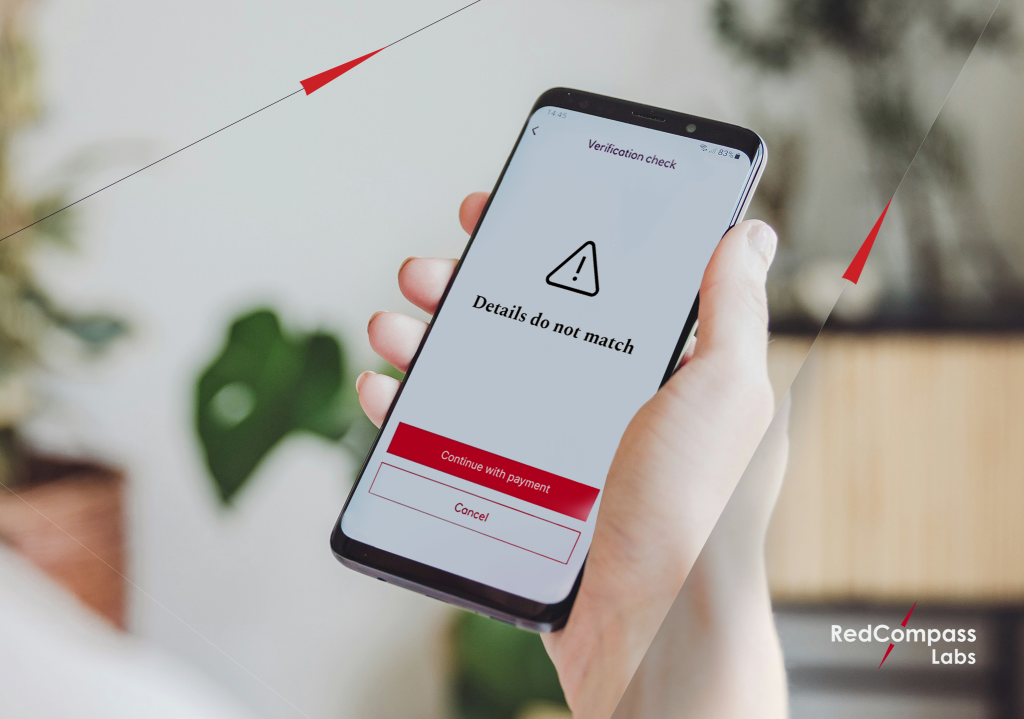Verification of Payee Rulebook: 5 things to know
On 10th October 2024, the European Payments Council (EPC) published the long-awaited Verification of Payee (VoP) rulebook as part of the SEPA Instant Payment Regulations (IPR).
The rulebook aims to standardize how European banks implement VoP – a tool that confirms payee account information to help protect consumers against fraudulent transactions.
But, however helpful this update may be, there are a number of challenges that banks will need to navigate.
We’ve read the rulebook, analyzed its impact, and are here to share what it means for European payment service providers (PSPs). Here are 5 things you need to know.
1. The deadlines are tight
The first thing to note are the deadlines. Banks must have a VoP solution in place across all payment channels by 5th October 2025 – the weekend before the Instant Payments Regulation fully kicks in.
Unfortunately, it doesn’t matter if a bank is using an existing domestic verification service. The point of the rules is to standardize the way account information is verified in payments across Europe. So, every bank will need to build entirely new pan-European VoP infrastructure to adhere to the regulations.
Given the verification process will apply to both SEPA and SEPA Instant payments across all payment channels, banks have their work cut out.
What’s more, the design of the new EPC Directory Service (EDS) – a centralized database, similar to Pay.UK and integral to the scheme – will not be ready until March 2025, and the EDS will not be ready to test until the end of June 2025. That leaves banks just three months to fully implement and test their solution.
Some aspects of VoP, such as APIs and channel infrastructure, can be built in advance, but banks won’t be able to conduct end-to-end testing until after the EDS is fully operational.
That’s not very long to figure everything out, especially for those with more complex existing systems.
2. Verification time extended from 3 to 5 seconds
Another key update is that banks now have 5 seconds to verify account details across all payment channels, up from the 3 seconds initially proposed.
This means that both the payment engine and all customer-facing channels—whether online, mobile, phone, or paper-based—must be highly available, fast, and scalable. Performing these verifications in real-time for every payment initiation is going to be a big challenge because it introduces significant complexity to banks’ systems. Not just from a logistical perspective, but also in terms of customer experience.
While mobile and online platforms may handle a VoP customer journey more easily, ensuring a seamless experience for phone payments, paper-based transactions, and bulk payment files is harder to figure out.
It may be more time than before, but the 5-second verification window leaves little margin for error – never mind the 1-second timeframe the EPC would prefer.
3. Bulk-payment files will be included
Readers of this blog may recall that we’ve previously discussed the complexity of handling Verification of Payee (VoP) in bulk payment files.
With the new rulebook, each payment within a bulk file (e.g., salary payments) must be individually verified, at least initially. This means checking whether the payee’s name matches the account details for every transaction, which becomes particularly challenging when processing large volumes of payments.
Imagine a scenario where 2,000 accounts return a mix of ‘match’, ‘close match’, and ‘no match’ results. As a bank, how do you relay this information to your client within 5 seconds? Do you provide the notifications in a file? Through an app? A checklist?
Handling such a large volume of requests at once could be a logistical nightmare. It will take thorough planning to avoid the pitfalls.
4. Existing payment systems will be impacted
While SEPA Instant Payments are new, and therefore building new capabilities is somewhat easier, many banks have long-established systems in place for handling regular SEPA transactions. Integrating VoP into these existing systems is going to be a challenge because it requires modifications to processes that are already running smoothly.
Banks need to ensure that all their payment channels—whether they handle SEPA payments through host-to-host, API, online, or mobile interfaces—are able to incorporate VoP functionality without disrupting the current flow.
This might involve upgrading or completely reworking several parts, making the process complicated and costly. The need to verify payees at the beginning of a transaction – the payment initiation phase – requires changes to how these systems interact and handle data.
All of this must be done while ensuring that existing transactions continue without delays or errors. It’s going to be a big challenge for banks with multiple existing payment channels.
5. Banks must find a routing and/or verification mechanism (RVM)
The EPC Directory Service (EDS), a centralized database, is being introduced to standardize payee information verification across European banks. Its goal is to ensure banks have up-to-date customer data, which streamlines how payee details are confirmed for SEPA and SEPA Instant Payments and ensures interoperability. PSPs must regularly update the EDS to remain compliant.
However, this new system may bring operational challenges. While the EDS serves as a directory, it doesn’t handle the actual routing or verification of VoP Requests and Responses. Most banks now need to develop their own routing and verification mechanisms (RVMs) to send and receive requests.
These RVMs, provided by specialized companies, payment clearing houses, or internal arrangements, will act as connection points for participants. Banks must either integrate directly with the EDS or use an RVM to route VoP requests. However, using an RVM doesn’t absolve the responding PSP of its responsibilities under the scheme’s rules.
In short, banks face a significant challenge in setting up or partnering with an RVM to manage this new process. Finding an RVM supplier will be a good place to start.
I don’t know where to start with VoP, what shall I do?
Speak to RedCompass Labs. We are payment modernization experts specializing in helping banks and payment service providers streamline their payment systems and ensure compliance with the latest regulations. Our expertise can guide you through the challenges of implementing VoP, from building scalable infrastructures to integrating the EPC Directory Service. Don’t wait—let us help you stay ahead of the curve and ensure your systems are secure and future-ready.
Share this post
Written by

Santhosh Kumar
Senior Business Analyst





